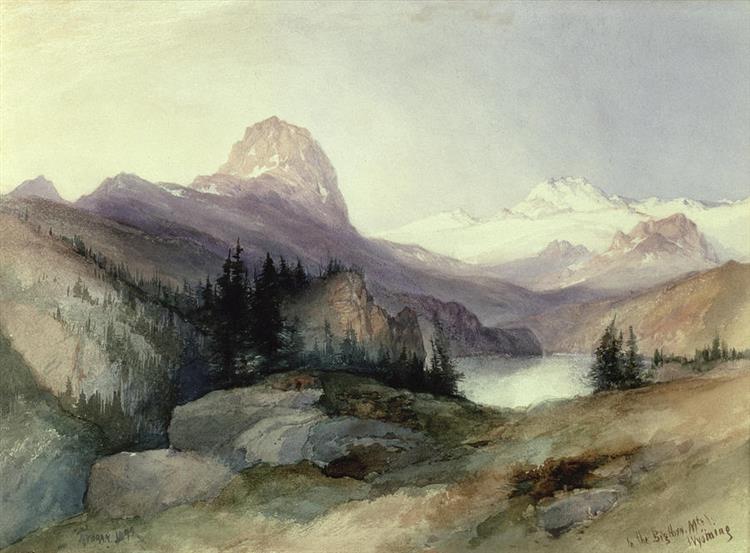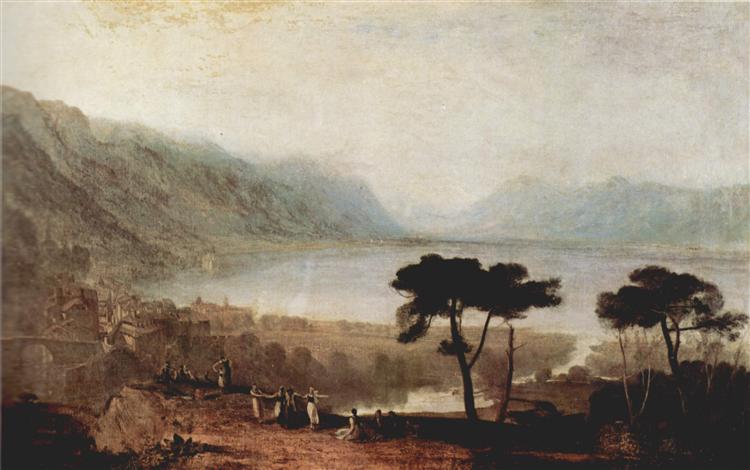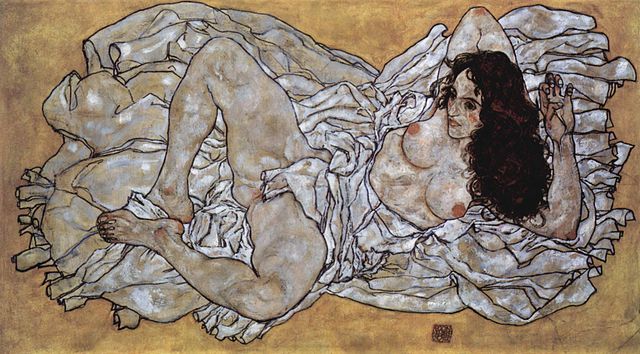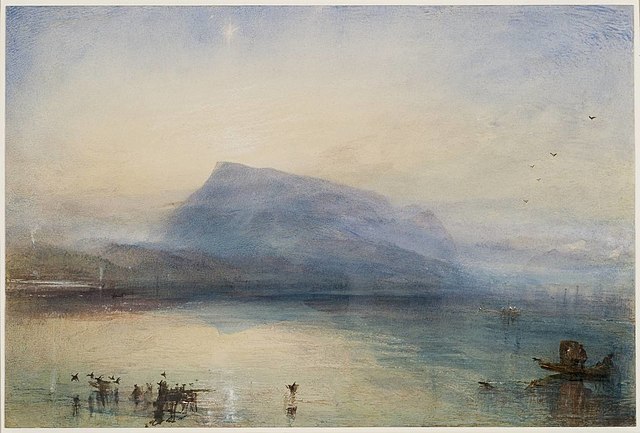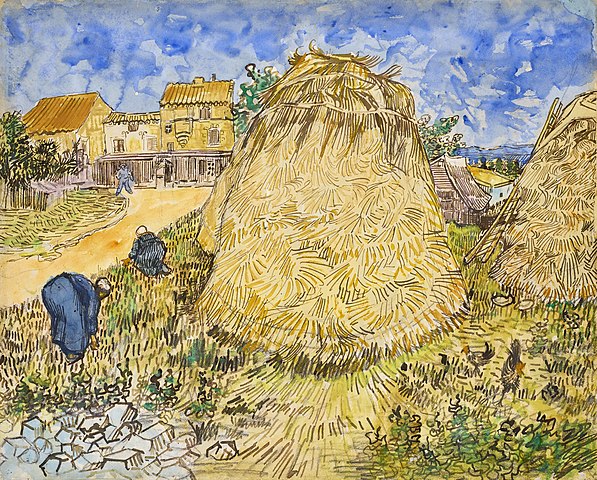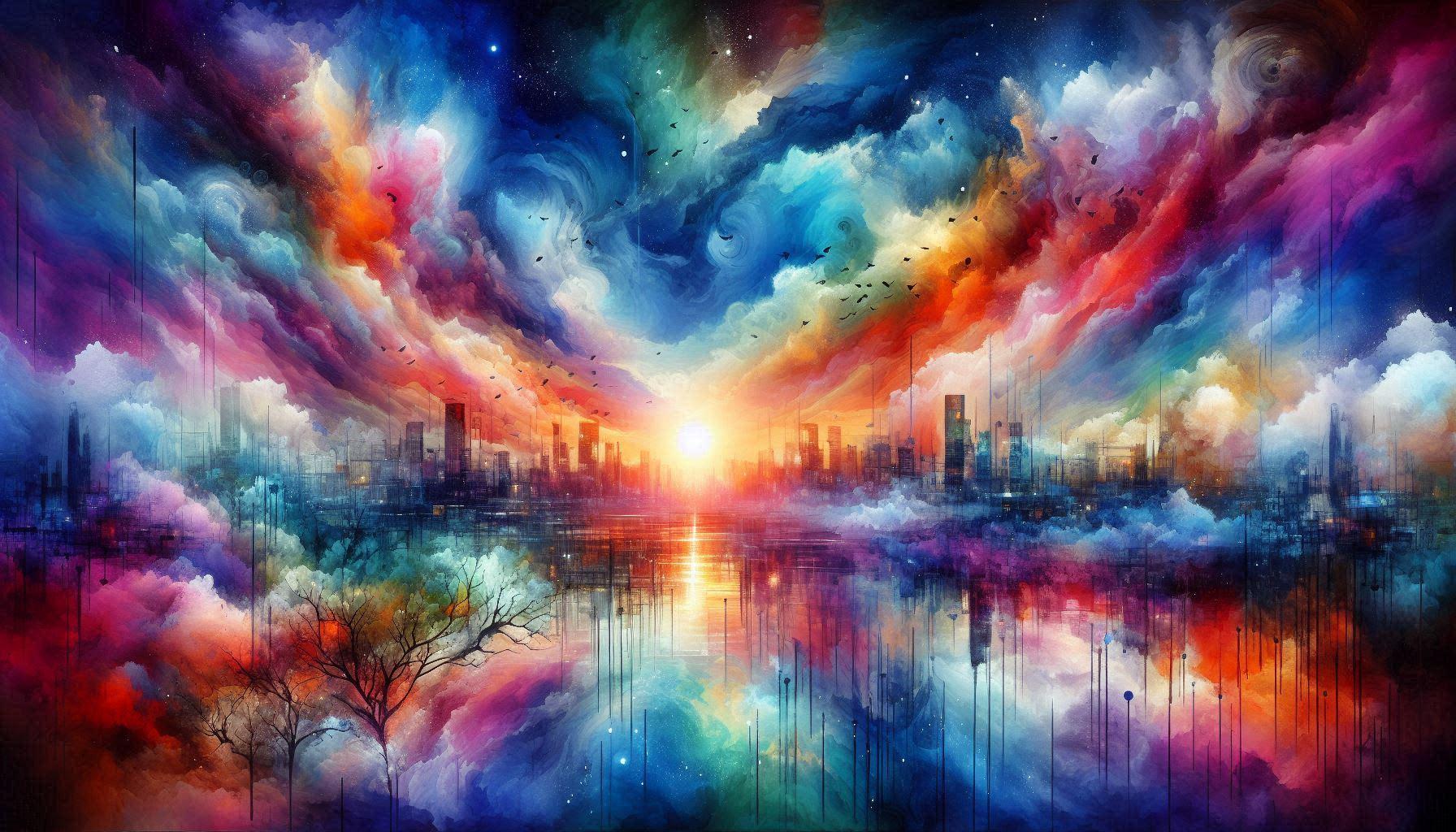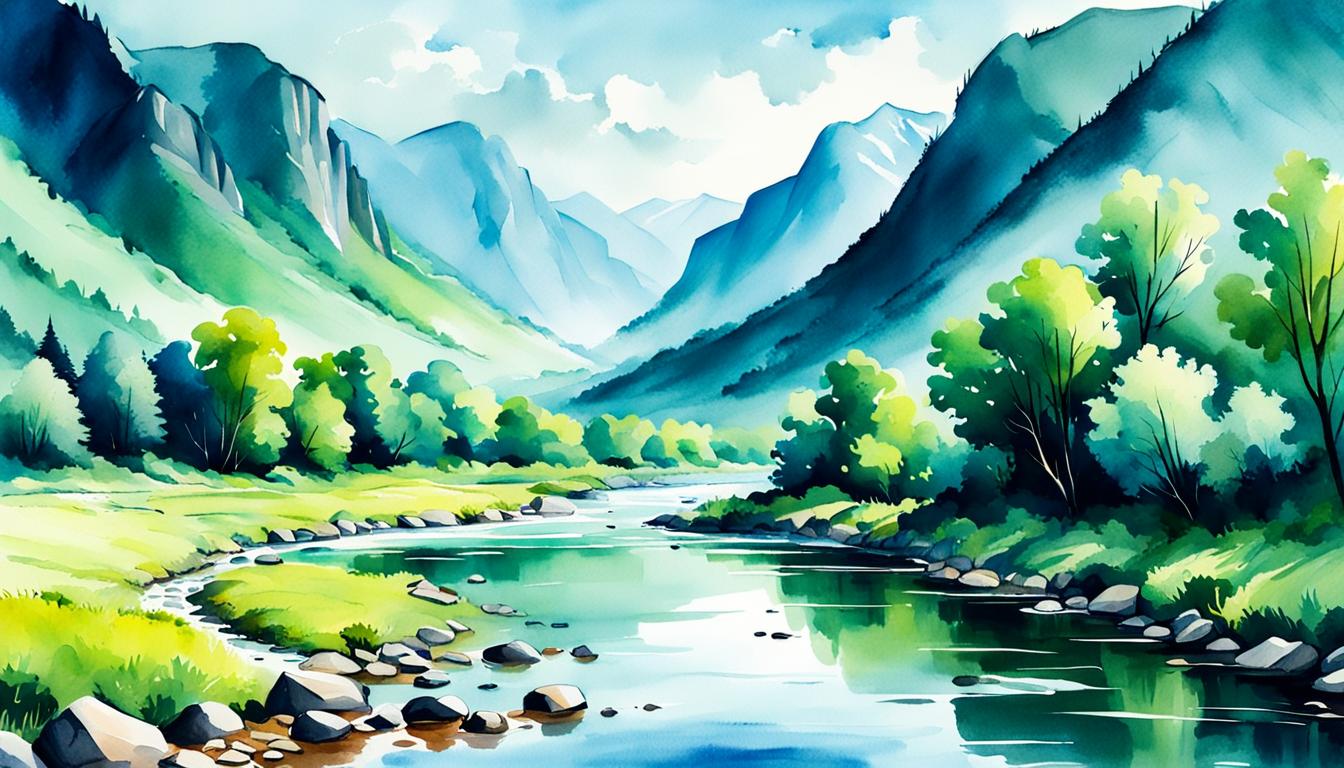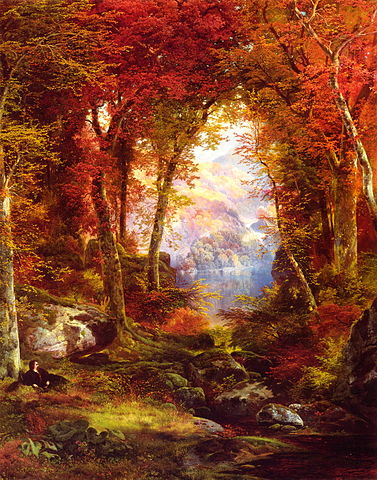
Watercolor paintings have a unique charm and beauty that captivates art enthusiasts around the world. The delicate, translucent nature of watercolors allows artists to create stunning works of art with a sense of depth and vibrancy. But beyond their aesthetic appeal, many people wonder if watercolor paintings hold any significant value.
In this article, we will explore the factors that determine the value of watercolor paintings and examine whether they can be considered a worthwhile investment. So, let’s dive into the world of watercolor art and discover its true value.
Understanding the Value of Watercolor Paintings
The value of a watercolor painting can vary significantly based on several factors. These factors include the reputation and recognition of the artist, the subject matter of the painting, the condition and quality of the artwork, and the demand in the art market.
Let’s delve deeper into each of these aspects to understand how they contribute to the overall value of watercolor paintings.
1. Artist Reputation and Recognition
The reputation and recognition of the artist play a crucial role in determining the value of a watercolor painting. Artists who have established themselves as masters in the field and have a strong presence in the art world tend to command higher prices for their artworks.
Collectors and art enthusiasts are often willing to pay a premium for paintings created by renowned artists with a significant body of work and a track record of success. The reputation and recognition of the artist can add prestige and desirability to a watercolor painting, thus increasing its value.
2. Subject Matter
The subject matter depicted in a watercolor painting also influences its value. Certain subjects, such as landscapes, portraits, still life, and wildlife, have a broader appeal and tend to attract more buyers.
Paintings that capture iconic scenes or evoke strong emotions often have higher demand and value. Additionally, rare or unique subject matter can significantly enhance the desirability and worth of a watercolor painting. Collectors are always on the lookout for exceptional and one-of-a-kind artworks that stand out from the rest.
3. Condition and Quality
The condition and quality of a watercolor painting are crucial factors that affect its value. Paintings that have been well-preserved over the years and exhibit minimal signs of damage or deterioration are considered to be in better condition.
The overall quality of the artwork, including the technique, use of color, and level of detail, also contributes to its value. Watercolor paintings executed with precision, skill, and mastery are highly sought after by collectors and art enthusiasts, thus increasing their market value.
4. Demand in the Art Market
The demand for watercolor paintings in the art market can significantly impact their value. If there is high demand for a particular artist or style of watercolor art, the prices are likely to be higher. Similarly, if a specific period or genre of watercolor painting is trending, the value of artworks belonging to that category may experience a surge. Understanding the current trends and market demand is essential for both buyers and sellers to make informed decisions about the value of watercolor paintings.
Watercolor Paintings as an Investment
Investing in art can be a lucrative endeavor if approached with careful consideration and knowledge. Watercolor paintings, with their unique characteristics and timeless appeal, can indeed be considered a valuable investment. However, like any investment, there are risks involved, and success is not guaranteed. Here are a few points to keep in mind when considering watercolor paintings as an investment:
- Research and Due Diligence: Before investing in watercolor paintings, it is essential to conduct thorough research on the artists, their body of work, and their market performance. Look for artists who have a track record of appreciation in value over time.
- Diversification: It is always recommended to diversify your art portfolio to mitigate risks. Invest in artworks from different artists, styles, and periods to ensure a balanced and varied collection.
- Authentication and Documentation: Obtain proper authentication and documentation for the artwork you purchase. This includes certificates of authenticity, provenance, and any relevant paperwork that establishes the legitimacy and history of the painting.
- Long-Term Perspective: Investing in art, including watercolor paintings, often requires a long-term perspective. The value of artworks can fluctuate over time, and it may take several years or even decades for a painting to appreciate significantly in value.
- Professional Advice: Seek advice from art consultants, dealers, or appraisers who have expertise in the watercolor art market. Their insights and guidance can help you make informed investment decisions.
It is important to note that investing in art should not solely be driven by financial gain. A genuine appreciation for the art form and a passion for collecting are equally important factors to consider when venturing into the art market.
List of 10 of the Most Valuable Watercolor Paintings
- The Blue Rigi: Lake of Lucerne, Sunrise by J.M.W. Turner (1842). This stunning landscape of the Swiss Alps was sold for $9.9 million at Christie’s in 2006, making it the most expensive British watercolor ever sold.
- Reclining Woman by Egon Schiele (1916). This erotic portrait of a half-naked woman was sold for $1.96 million at Auctionata in 2013, making it the most expensive online purchase of a watercolor painting.
- Young Hare by Albrecht Dürer (1502). This realistic depiction of a hare is one of the most famous watercolor paintings in history, and is considered a masterpiece of observational art. It is currently in the Albertina Museum in Vienna, and its value is estimated to be over $10 million.
- Water Lilies by Claude Monet (c. 1914-1926). This series of over 250 paintings depicts the impressionist artist’s flower garden in Giverny, France. The paintings vary in size, color, and composition, and are considered among the most important works of the 20th century. Some of them are in museums such as the Musée de l’Orangerie in Paris and the Metropolitan Museum of Art in New York, while others have been sold for tens of millions of dollars.
- Banded Benjamins by Lynn Pratt (2010). This hyperrealistic painting of a stack of $100 bills was sold for $22,000 at the American Watercolor Society’s 143rd Annual International Exhibition in 2010, making it one of the most expensive contemporary watercolor paintings.
- Lake Geneva by J.M.W. Turner (1840). This atmospheric painting of the Swiss lake and the mountains was sold for $11.3 million at Sotheby’s in 2015, setting a new record for a Turner watercolor.
- Koi 98, No.1 by Cheng Khee Chee (1998). This colorful painting of koi fish swimming in a pond was sold for $18,000 at the American Watercolor Society’s 131st Annual International Exhibition in 1998, making it one of the most expensive watercolor paintings by a living artist.
- Cathedral of Llandaff by Paul Sandby (1778). This detailed painting of the Welsh cathedral and its surroundings was sold for $1.4 million at Christie’s in 2015, making it one of the most expensive watercolor paintings by an 18th-century artist.
- In the Bighorn Mountains by Thomas Moran (1889). This majestic painting of the American landscape was sold for $1.2 million at Christie’s in 2014, making it one of the most expensive watercolor paintings by a 19th-century artist.
- Vincent van Gogh’s “Wheat Stacks“: vibrant watercolor of wheat stacks in a Provençal farmyard, painted at the beginning of June 1888 when Van Gogh was working in Arles. This watercolor was sold at Christie’s in New York in 2021 for a record 35.85 million USD
Summary
Watercolor paintings can indeed be valuable, depending on various factors such as the artist’s reputation, subject matter, condition, and market demand. Investing in art, including watercolor paintings, requires careful research, diversification, authentication, and a long-term perspective. While the value of watercolor paintings can fluctuate over time, they can be a worthwhile investment for art enthusiasts who appreciate the beauty and artistic mastery of this medium. So, whether you’re an art collector or simply intrigued by the world of watercolor, make sure to explore the diverse and captivating realm of watercolor paintings.
FAQs about Watercolor Painting Value
To provide more clarity on the value of watercolor paintings, here are some frequently asked questions and their answers:
1. Are all watercolor paintings valuable?
Not all watercolor paintings are valuable. The value of a watercolor painting depends on factors such as the artist’s reputation, subject matter, condition, and demand in the art market.
2. Can watercolor paintings be considered a good investment?
Watercolor paintings can be considered a good investment if approached with research and knowledge. It is important to diversify your art portfolio, obtain proper documentation, and have a long-term perspective when investing in art.
3. How can I determine the value of a watercolor painting?
The value of a watercolor painting can be determined through research, consulting with art professionals, and considering factors such as the artist’s reputation, subject matter, condition, and market demand.
4. Are there any specific watercolor artists whose works are highly valuable?
Yes, there are several watercolor artists whose works are highly valuable. Some notable names include J.M.W. Turner, Winslow Homer, John Singer Sargent, and Andrew Wyeth. Their paintings have achieved significant recognition and command high prices in the art market.
5. Should I seek professional advice before buying or selling watercolor paintings?
Seeking professional advice from art consultants, dealers, or appraisers is highly recommended when buying or selling watercolor paintings. Their expertise can help you make informed decisions and navigate the complexities of the art market.
Remember, the true value of a watercolor painting goes beyond its monetary worth. It lies in the emotions it evokes, the stories it tells, and the beauty it brings into our lives.
Disclaimer: The information provided in this article is for educational and informational purposes only. We do not endorse or promote any specific artists, galleries, or exhibitions mentioned in this article. Collecting art involves personal preferences and should be done based on careful research and consultation with experts.
